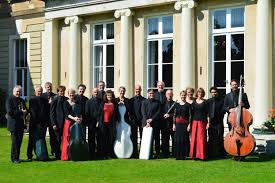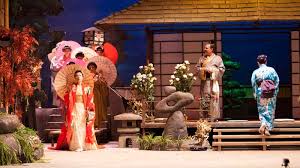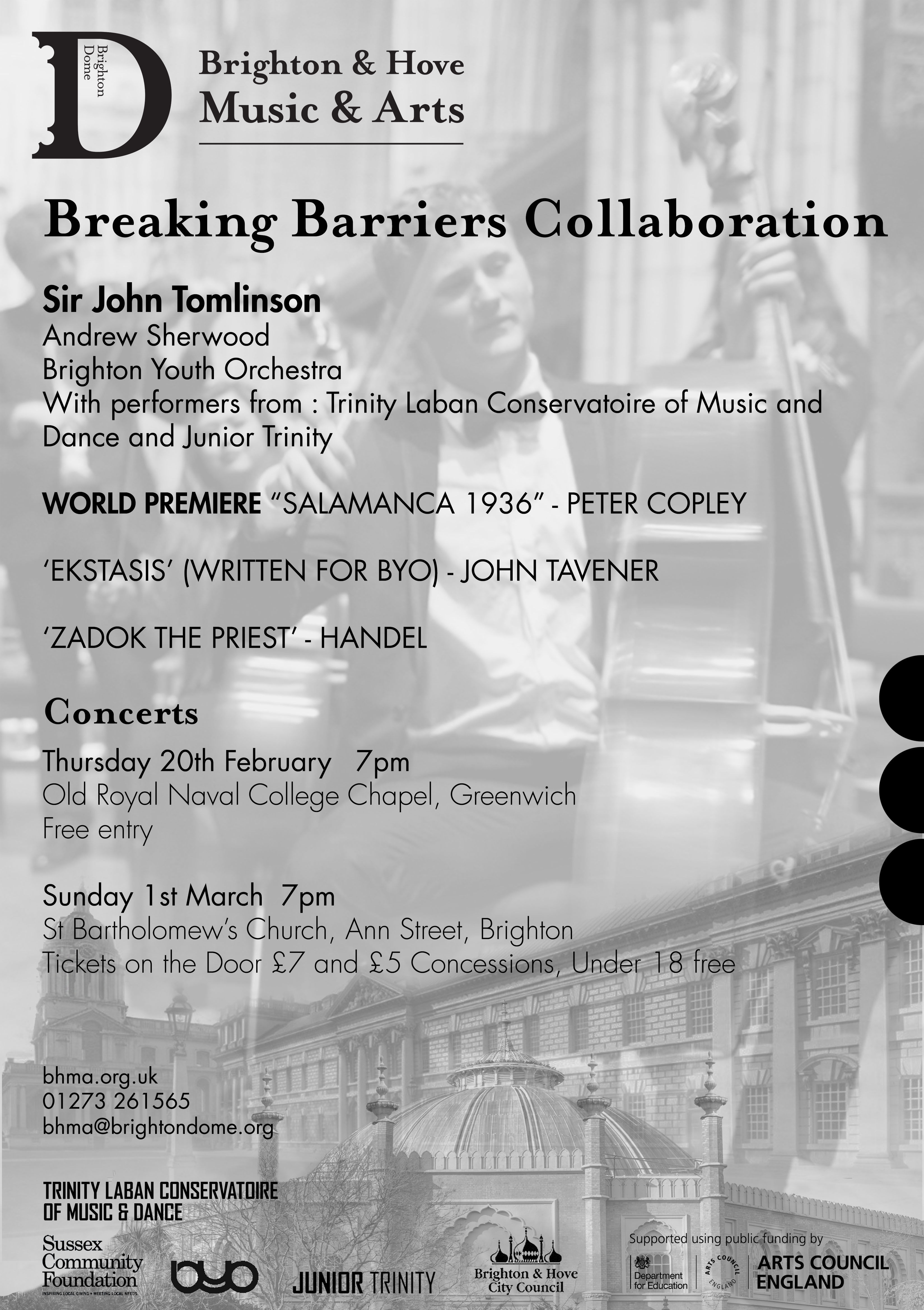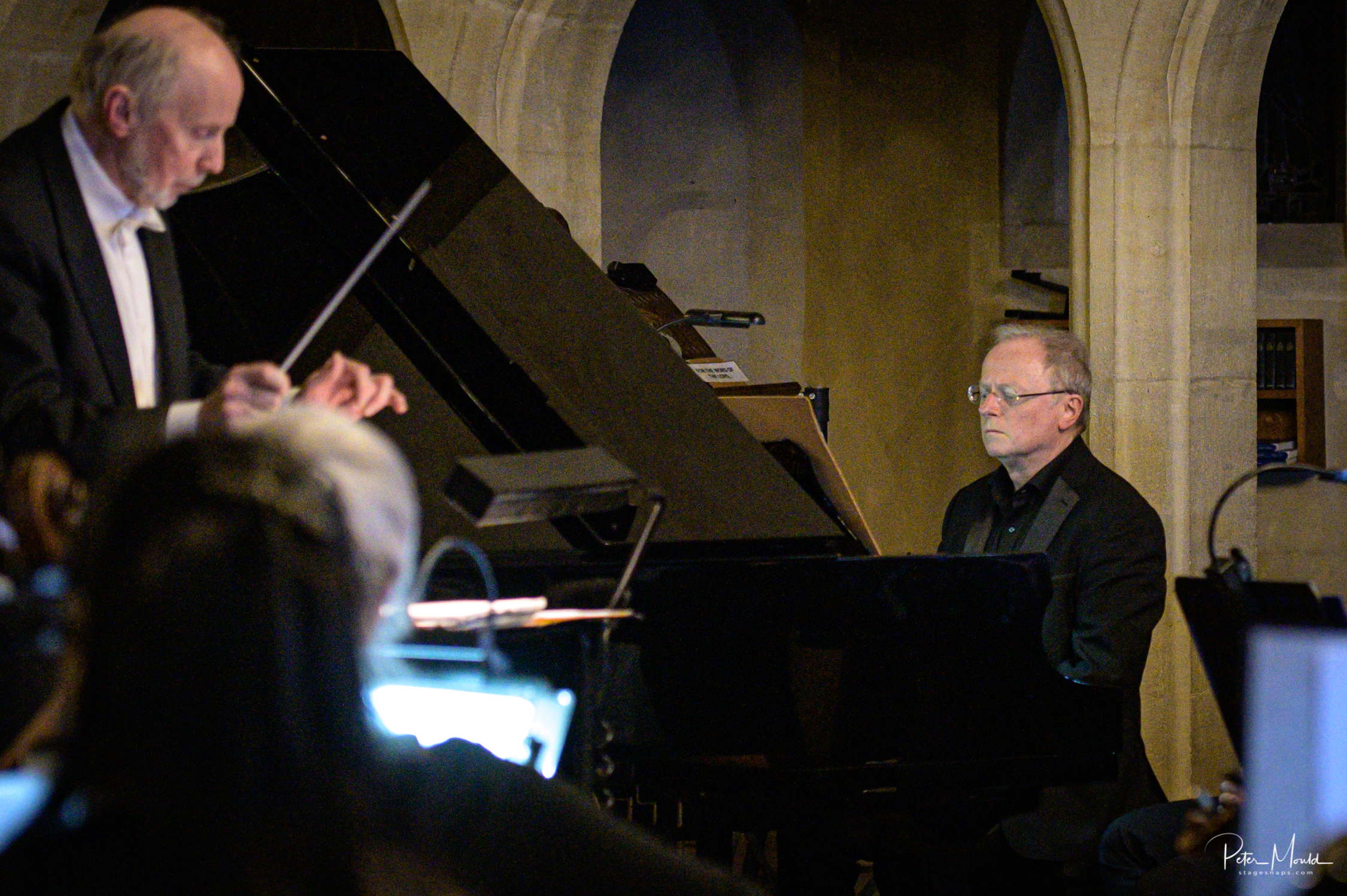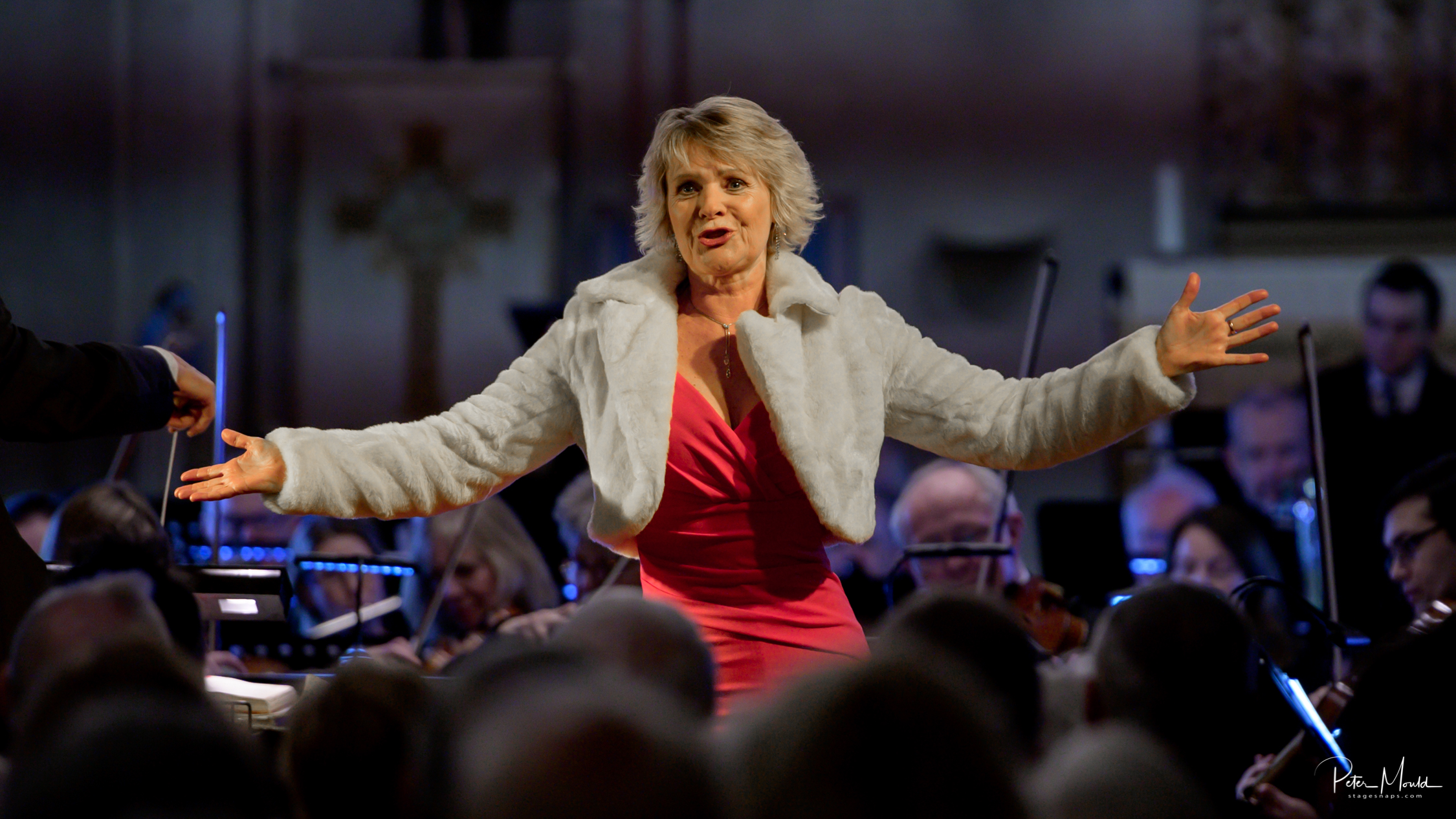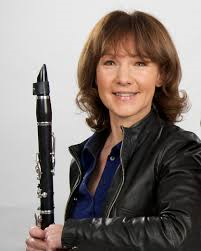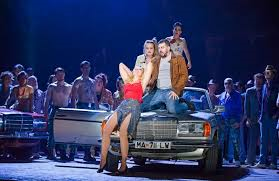 London Coliseum, 14 February 2020
London Coliseum, 14 February 2020
Set in late-Franco, 1970s Spain this Carmen (revival of a 2012 production) simmers with timeless hot passion and a culture of bullying. All those minor keys, seductive rhythms and earworm melodies do their work along with Bizet’s colourful orchestration, as ever, but in this case the concept of the production really drives the piece. The male chorus are variously soldiers, amateur smugglers and a crowd while the well characterised women convincingly represent mainstream Spain in mini-skirts, shorts, flouncy dresses and the like. Then there are the children, all recruited via the ENO Baylis scheme, doing a fabulously vibrant job. The huge ensemble is diverse in every sense – race, age, size and so on – so it forms a pleasingly plausible picture of every day life in Seville. It all feels very fresh.
Justina Gringyte in the title role has a gravelly contralto voice and some very sexy bottom notes. She is also a fine actor able to command the stage with a twitch of her hips and toss of her head – yes, we can see exactly why Jose (Sean Panikkar) and Escamillio (Ashley Riches) are captivated by her capricious, sulky passion. She also finds the right vulnerability in the devastating final scene: a woman who makes the wrong decisions and whose tragedy is timeless.
Pannikar matches her beautifully and there is some nicely nuanced duet work especially in the last scene. Riches, who is strikingly tall, does well as the bombastic Escamillo too. His big number is so familiar that it’s as hard to bring off as “To be or not to be” in Hamlet but he, and his delicious bass voice, run with it and take us with them.
Alfons Flores’s set is a masterpiece. The stage is usually quite bare which gives the huge cast plenty of space to move in. Occasionally connotative items arrive such as a phone box or a huge, flat, metal, roundabout-style bull. The cars (five of them) at the beginning of Act 3 are a stroke of genius. Not only do they provide a realistic sense of ordinary people trying to get their contraband over the border but they also provide lots of dramatic hiding places and levels for agile performers to hop on and off. Skilfully lit shadow and stage smoke adds to the sultry ambience.
I have reservations, however about Christopher Cowell’s translation. For a start, what little of the spoken dialogue has been left in sounds gratingly out of place – it’s perfectly possible to do Carmen sung through and I wish this production had done that. Second, however hard you try, if you do Carmen in English it can start to sound inappropriately like WS Gilbert. “Roll up and get yourself a fan/Get some oranges while you can” and “But now I love you more than ever/Carmen we have to be together”, for example, make me giggle at inappropriate moments. Of course I understand and respect ENO’s commitment to accessibility and everything in English but banality is an ever present danger.
Susan Elkin

